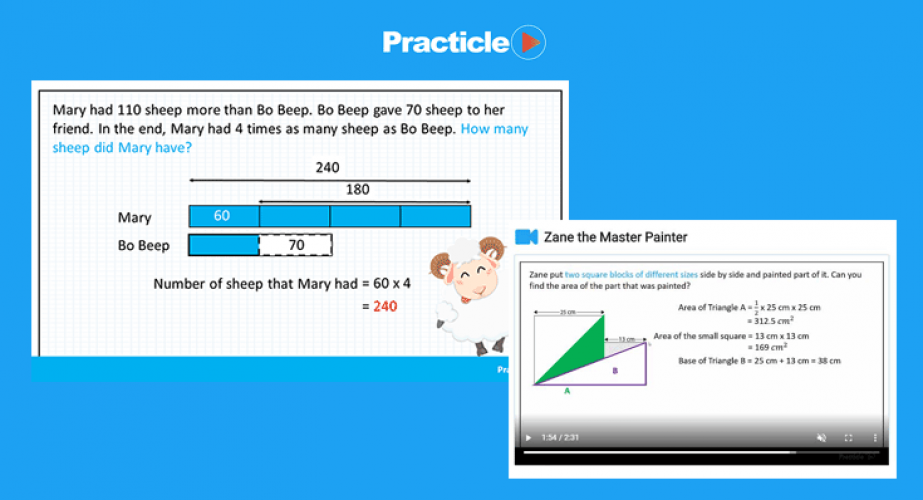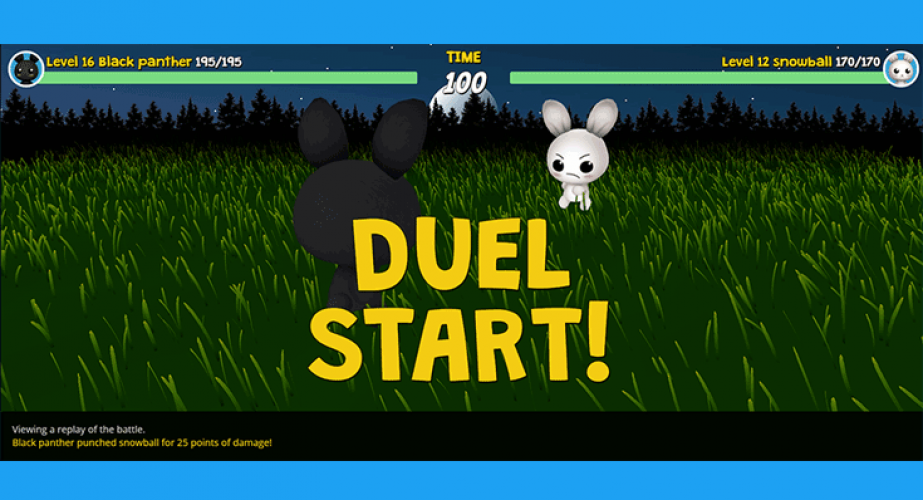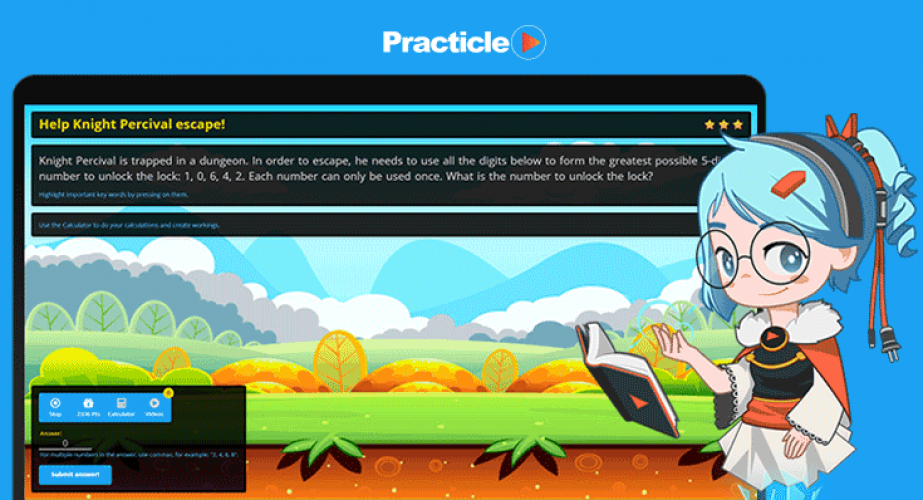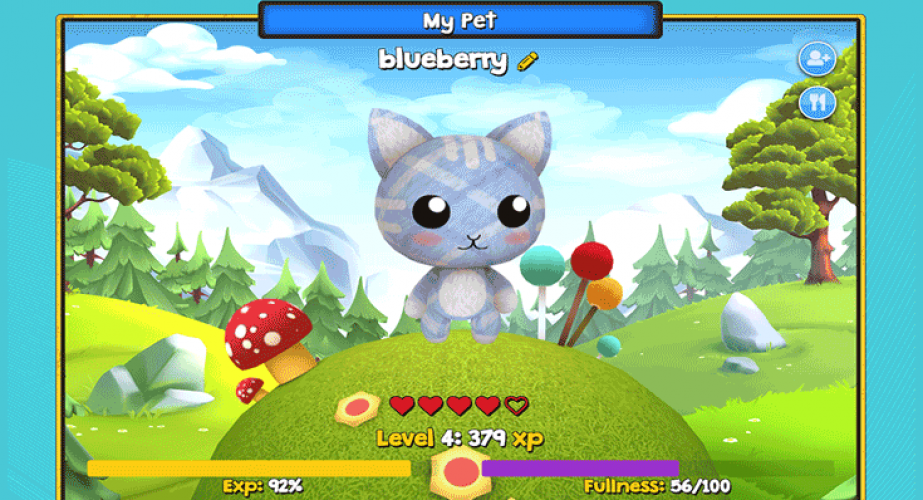Finding unknown angles
Vertically opposite angles
Identifying the base of a triangle and its corresponding height
Use of the property that the angle sum of a triangle is 180 degrees
Writing equivalent ratios
Reading and writing numbers in numerals and in words up to 10 million
Solving word problems involving the 4 operations
Addition and subtraction of mixed numbers
Multiplying mixed number and a whole number
Interpretation of a : b and a : b : c, where a, b and c are whole numbers
Expressing a ratio in its simplest form
Finding the ratio of two or three given quantities
Finding one quantity given the other quantity and their ratio
Interpretation of average as "total amount ÷ number of items"
Angles on a straight line
Measurement of volume in cubic units
Measurement of volume in cubic centimetres (cm )/ cubic 3 metres (m )
Use of formula to calculate the volume of a cube/ cuboid
Finding the volume of liquid in a rectangular tank
Conversion between fractions and decimals
Multiplying two improper fractions
Use of the percentage symbol (%)
Finding a percentage part of a whole
Expressing a part of a whole as a percentage
Calculation of the average number/quantity
Relationship between average, total value and the number of data
Angles at a point
Area of triangle
Properties of parallelogram, rhombus and trapezium
Multiplication and division by tens, hundreds and thousands without using calculators
Order of operations without calculator
Use of brackets without calculator
Dividing a whole number by a whole number with quotient as a fraction
Multiplication of a proper fractions and a proper/ improper fraction without using calculators
multiplication of an improper fraction and an proper/improper fraction without using a calculator
Finding the missing term in a pair of equivalent ratios
Reading and interpreting tables
Solving word problems using information presented in tables
8-point compass
Identifying symmetric figures
Estimation and measurement of angles in degrees
Relating quarter, half and complete tursn to angels in degrees.
Properties of rectangle and square
Determining whether a straight line is a line of symmetry of a symmetric figure
Completing a symmetric figure with respect to a given horizontal/vertical line of symmetry








User reviews for Practicle Math
You need to log in to post a review.